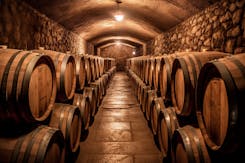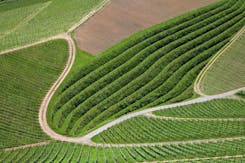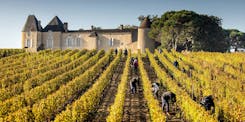The excellence of Bordeaux wines
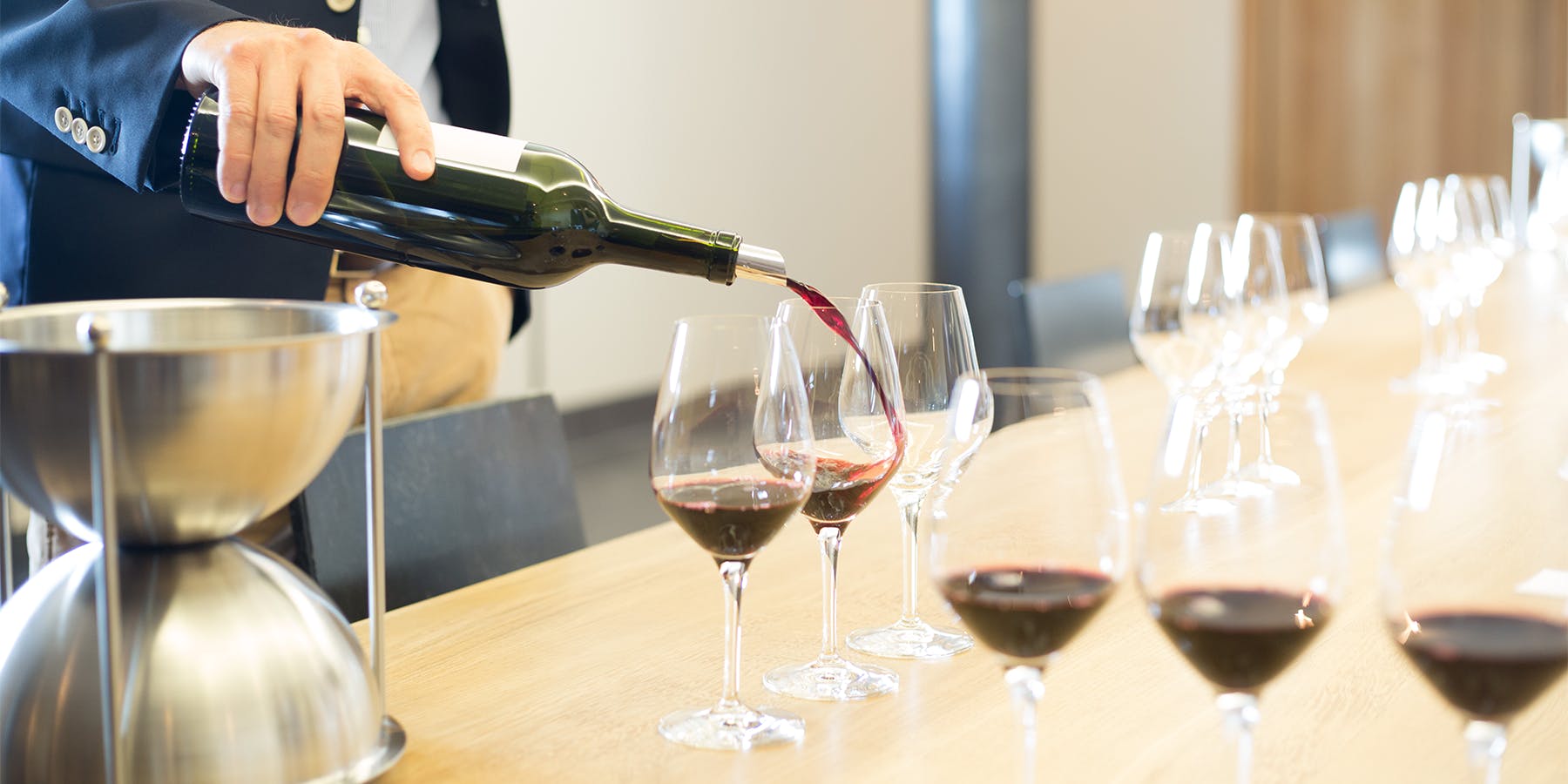
The terroirs of Bordeaux
Located in France's most famous wine-growing region, the terroirs of Bordeaux offer a remarkable diversity of soils, climates and microclimates, all of which contribute to the complexity and richness of the great wines produced.
The soils
The soils of Bordeaux wines are particularly varied, allowing a wide variety of grape varieties to be grown. In particular, there are clay-limestone soils, gravelly soils, sandy-gravelly soils and clay-siliceous soils. Each type of soil confers specific characteristics on the grapes, influencing the taste, aromatic profile and structure of the grands crus produced.
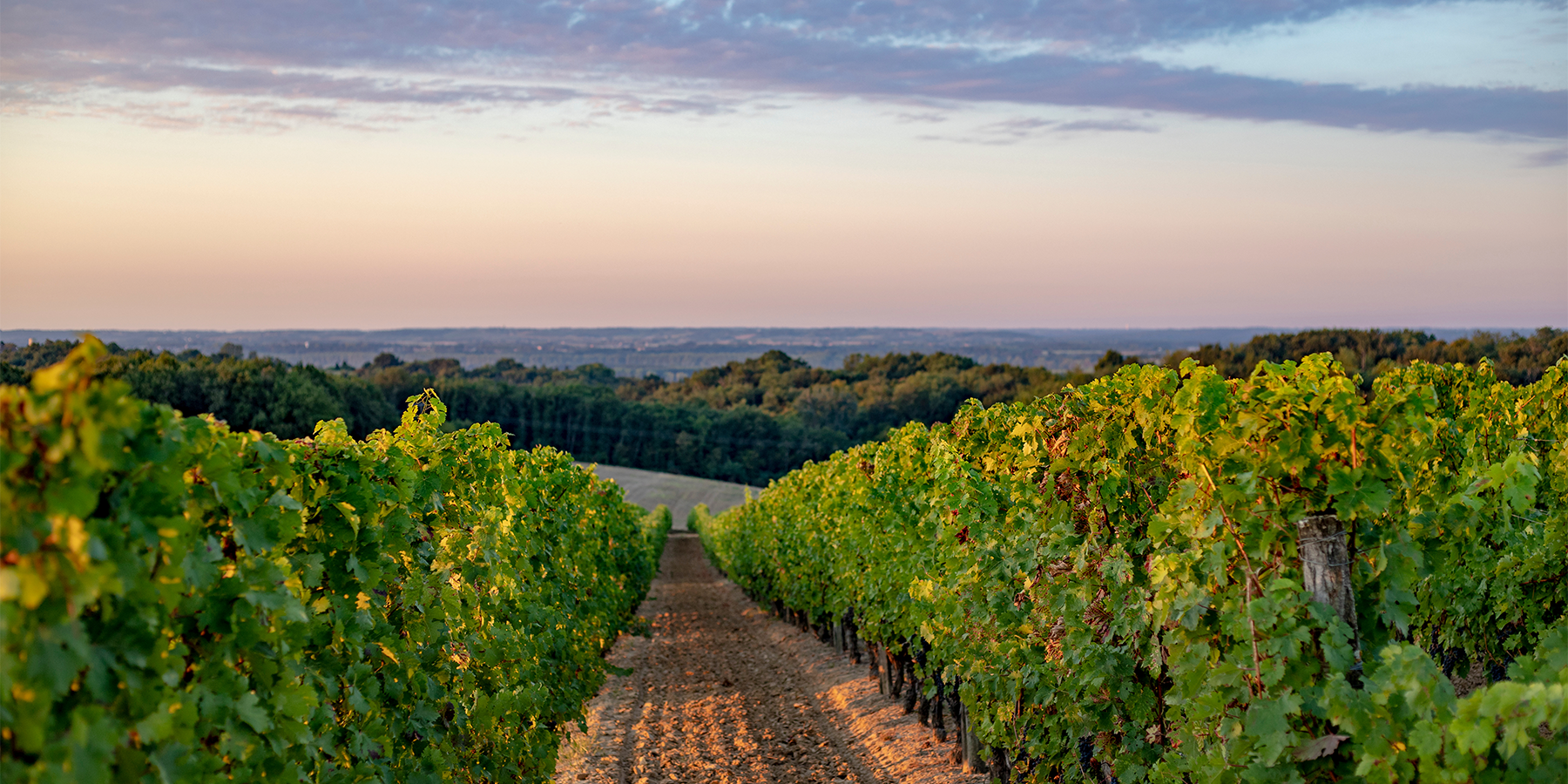
The climate
Bordeaux's climate is oceanic, characterised by hot summers and mild winters, with a moderating influence from the Atlantic Ocean. However, there are subtle variations in climate from one appellation to another, due to factors such as altitude, proximity to the Gironde and Dordogne estuaries, and the orientation of the vineyard plots.
Geographical location
The geographical location of the Bordeaux vineyards also contributes to the diversity of the terroirs. The region is divided into several distinct areas, including the left bank of the Garonne, the right bank of the Dordogne, and the Médoc, Graves, Saint-Émilion, Pomerol and Sauternes regions. Each area has its own geological, climatic and topographical characteristics, which are reflected in the wines.
Key figures for Bordeaux wines
Emblematic grape varieties of Bordeaux wines
Bordeaux wines owe their renown to an alliance of noble grape varieties, each making its own contribution to the sensory palette of the region's wines. Each grape variety breathes its own unique personality into Bordeaux wines, creating subtle, well-balanced blends that appeal to palates the world over.
- Cabernet Sauvignon: produces rich, complex red wines with aromas of blackcurrant, black cherry and hints of green pepper.
- Merlot: a versatile grape variety, it produces velvety red wines with aromas of ripe red fruit and plums, and subtle hints of chocolate and vanilla.
- Cabernet Franc: this produces elegant red wines with aromas of fresh red fruit, green pepper and violets, silky tannins and good acidity.
- Petit Verdot: a grape variety that brings structure and intensity to red wine blends, with its aromas of black fruits, violets and pepper, adding depth and complexity to the aromatic palette.
- Malbec: a grape variety that produces rich, full-bodied red wines with pronounced aromas of black fruits, plums, violets and spices.
Classification of Bordeaux Grands Crus

1855-04-18
Grands Crus Classés 1855
Divided into five levels, from Premier to Cinquième Cru, this classification establishes a hierarchy between the best estates in the region.
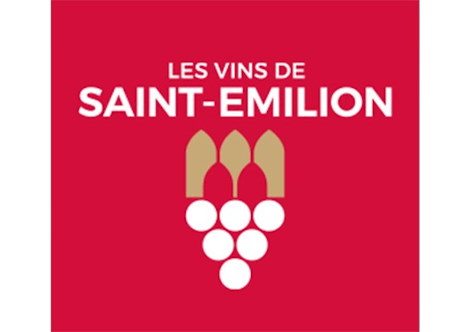
1955-09-12
Classification of Saint-Émilion wines
It celebrates the most prestigious vineyards on Bordeaux's right bank. This classification highlights estates renowned for their excellence and distinctive character.

1959-02-16
Crus Classés de Graves
Spotlighting the jewels of this region, singling out the vineyards that stand out for their quality and renown.
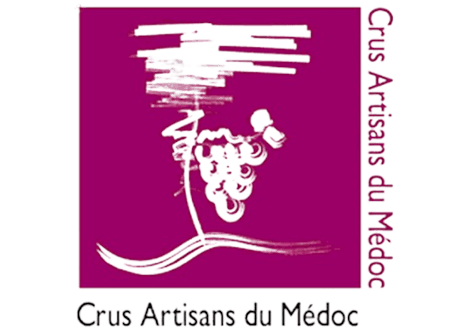
2006-01-02
Classement des Crus Artisans du Médoc
Aims to recognise and promote small, high-quality wine estates in the Médoc region. This classification puts the spotlight on passionate producers who carry on family winemaking traditions.

2020-02-20
Classement des Crus Bourgeois du Médoc
Distinguishes Médoc wine estates that embody excellence and consistency in the production of superior quality wines. This classification recognises the producers' commitment to strict standards of quality and sustainability.
